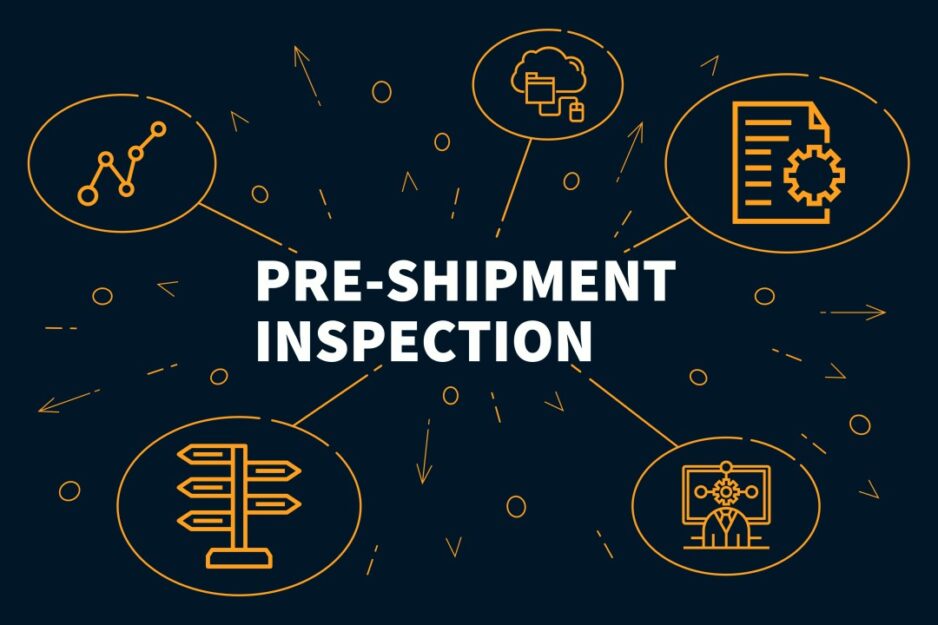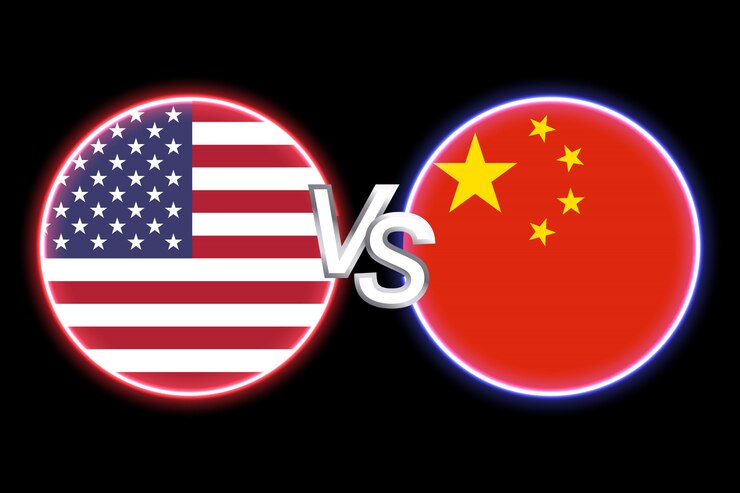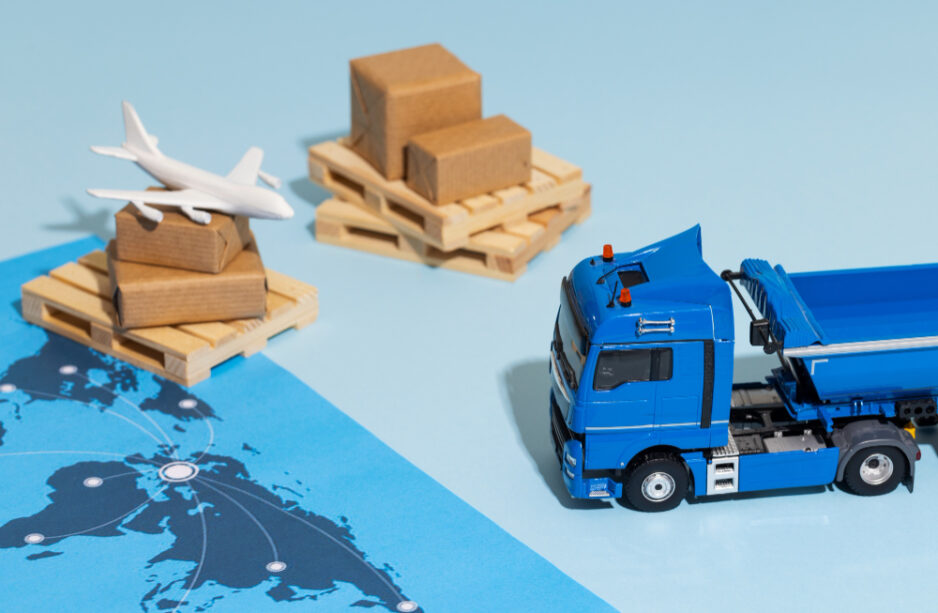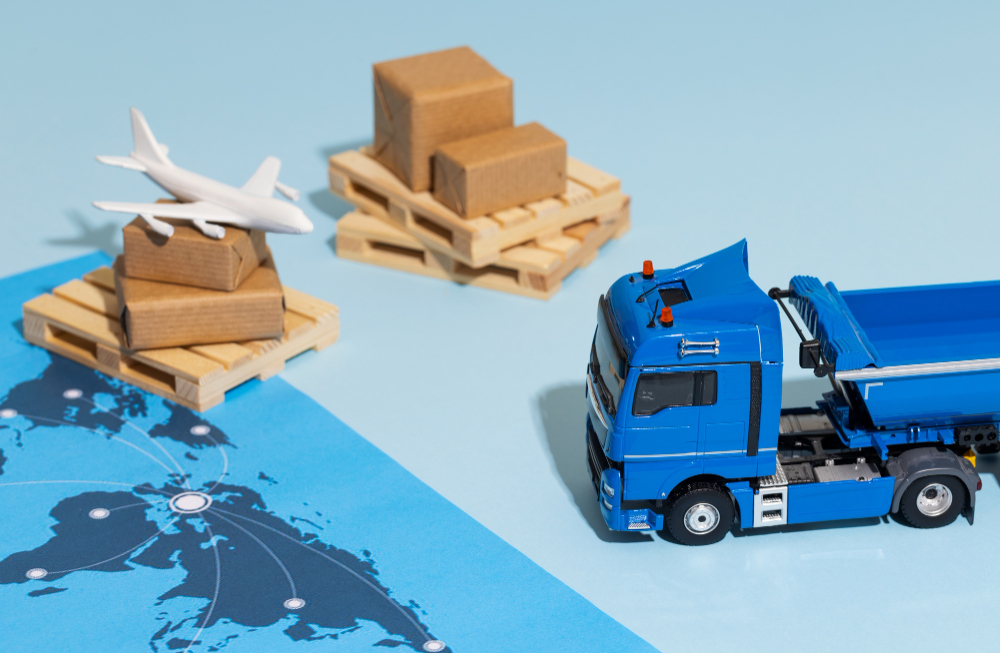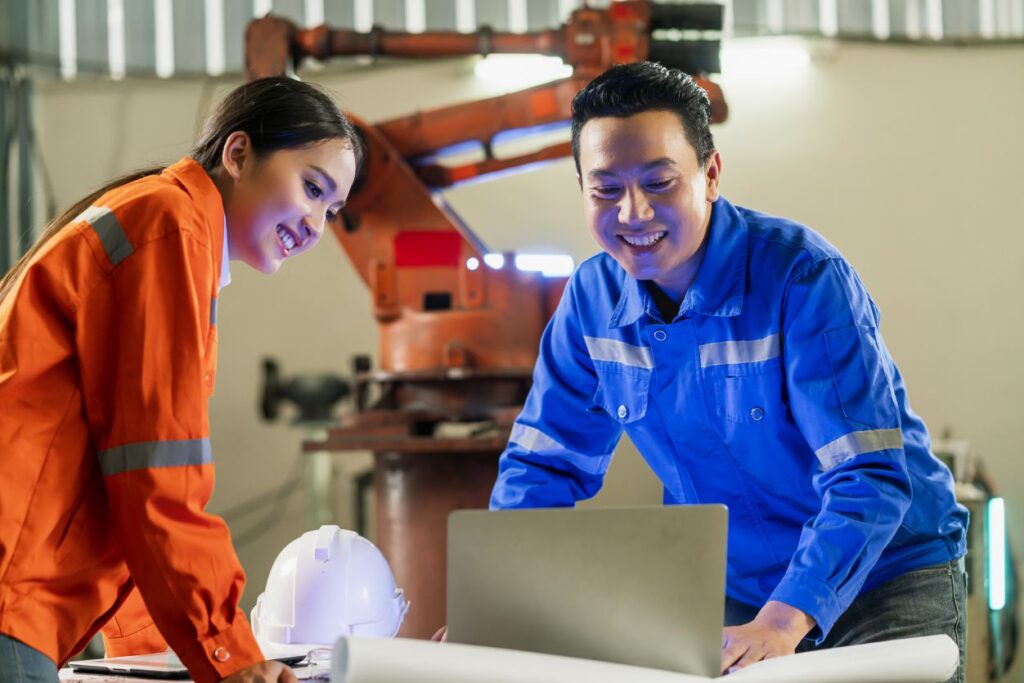The Zero Waste movement, originating in the 1980s, has gained significant momentum in the building sector, driven by stricter regulations on carbon emission. Zero Waste is transforming the way we approach waste management with an increasing number of companies embracing environmentally conscious practices and the growing preference of tenants for living and working in buildings with green features.

In a bid to create a circular economy, where over 90% of post-consumer items avoid landfills, the focus is on recycling, reusing, composting, and converting organic material into renewable energy. The real estate industry is taking note, with construction and demolition waste accounting for 25-45% of U.S. landfill waste.
The Center for Zero Waste Design (CFZW) has played an important role, providing a comprehensive 150+ page report on waste management strategies. As waste practices evolve globally, Zero Waste finds more traction in Europe and Scandinavia. Cities like San Francisco and Washington, D.C. are setting ambitious waste diversion targets, signaling a policy shift towards mandatory compliance.
In the quest for sustainability, Zero Waste is set to captivate building owners and office tenants. Technology is aiding progress tracking, and with ongoing advances, we can expect innovative tools to for a transformative journey towards a greener, more sustainable future.
Experts in the Automotive Industry Asia
You need one, but don`t want to hire one permanently?
Our solution: To rent our experts
- On pay-to-use basis
- Completely flexible
- Contract can be cancelled any time
Clearly represented reports and dashboards inclusive!




